SCROLL DOWN
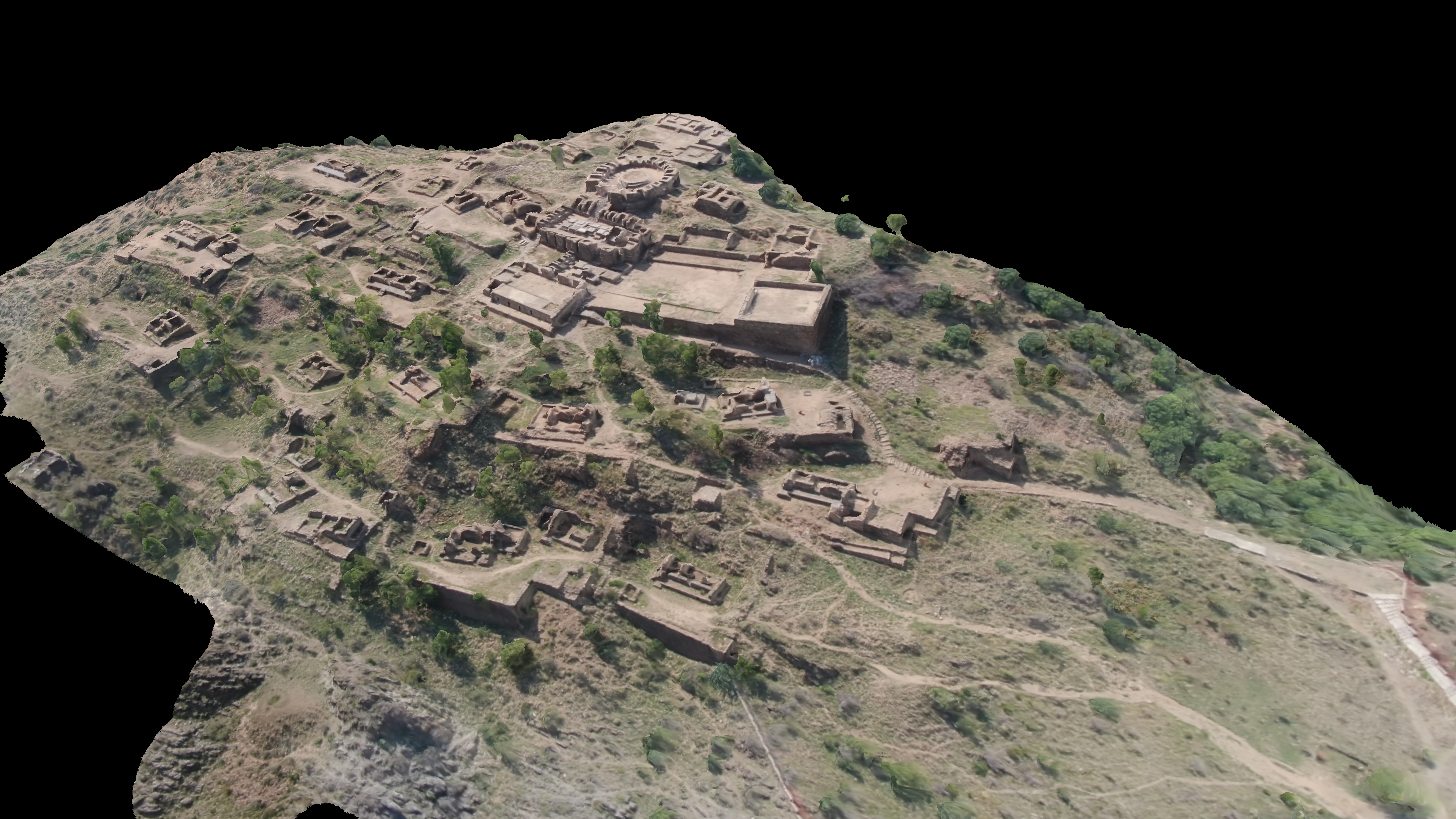
Jamal Garhi
Jamal Garhi is an important archaeological site located approximately 120m above the surrounding plain, on a hill near the village of Jamal Garhi in the Mardan District of Pakistan. It is one of the earliest Gandharan Buddhist monastic sites to be explored. Unfortunately, the site endured extensive looting and destruction following its discovery, and was not placed under formal legal protection until 1920.
At the heart of the complex stands the main stūpa, which measures approximately 6.7 m in diameter. It is built on a circular base and surrounded by devotional niches. A Kharoṣṭhī inscription is incised on one of the schist pavement slabs of the pradakṣiṇāpatha (circumambulatory path) within the main stūpa enclosure, near the eastern entrance to the courtyard. The inscription reads: "[Gift] of Buddharakṣita" (reconstructed as [B]u[dharakshi]da[sa] ta(da)nam[ukhe]), identifying the donor of this offering.
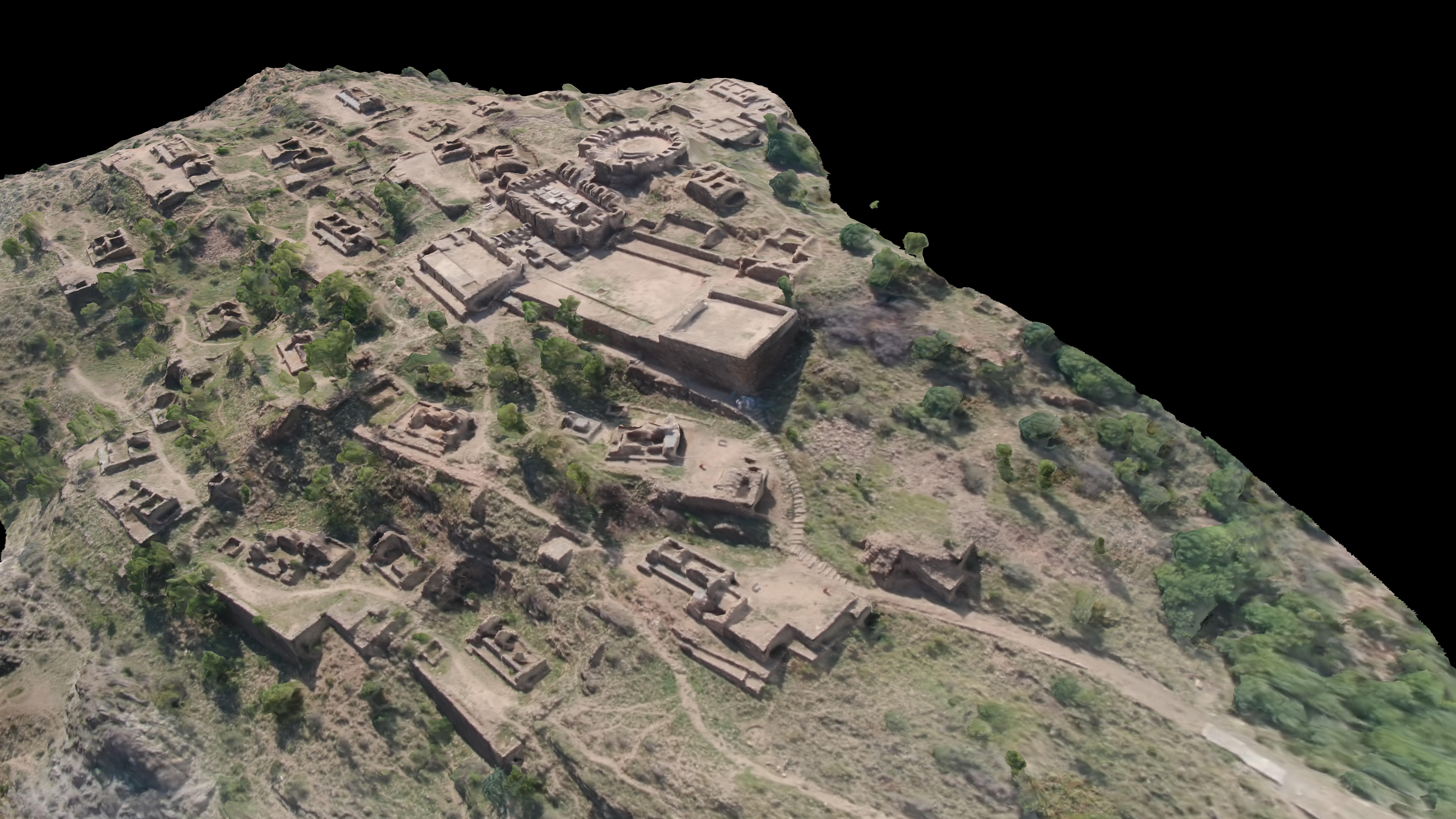
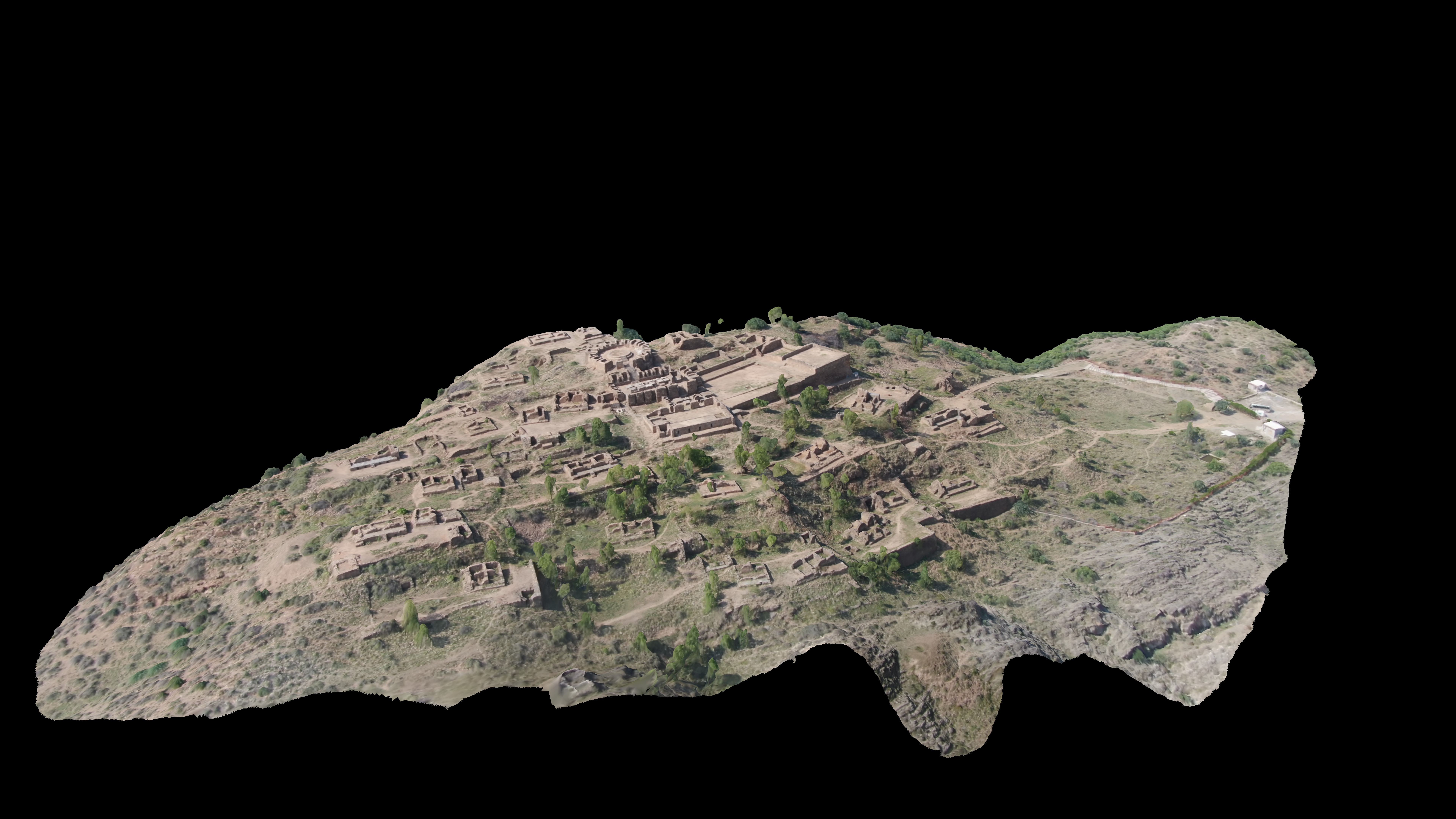
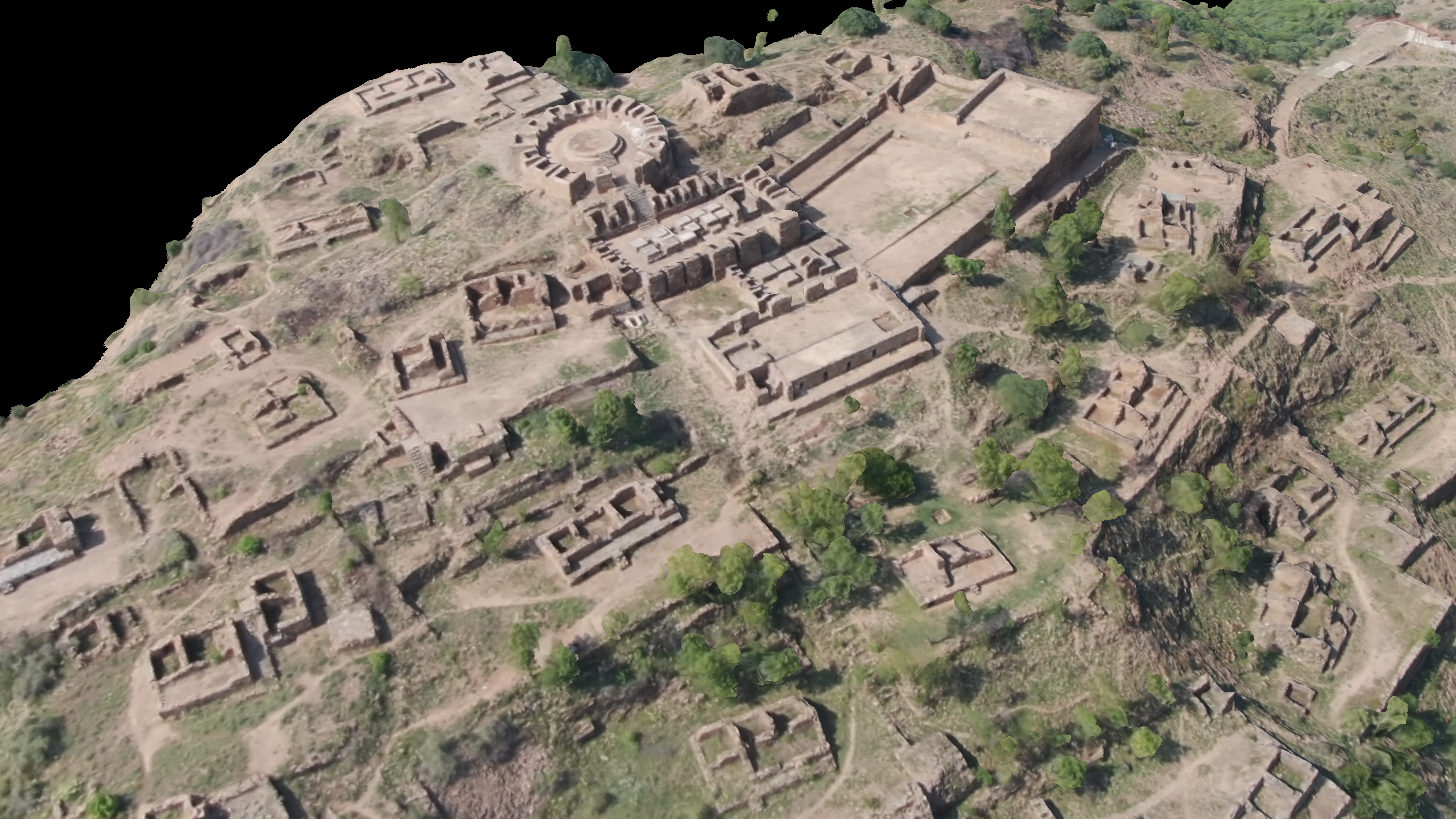

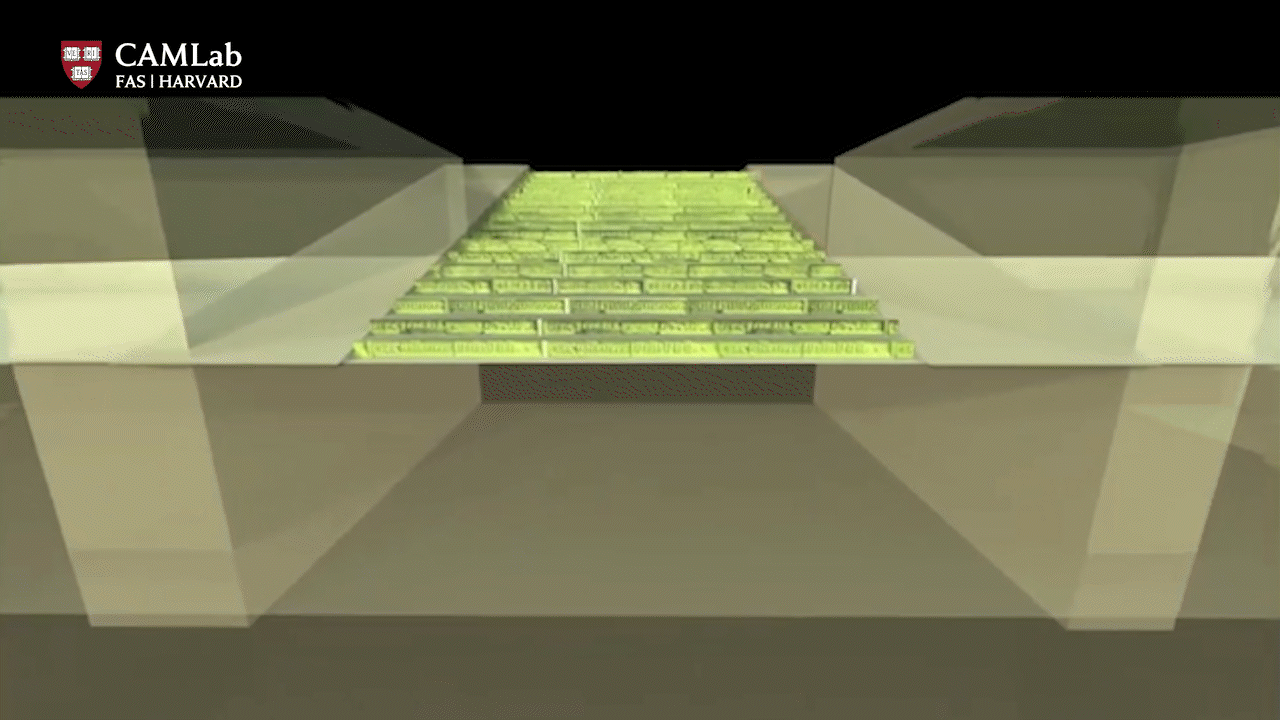
The site is especially rich in artistic remains, most notably its remarkable narrative stair risers. At the time of discovery, sixteen stair risers were still in situ, and to date, six jātaka themes have been identified: the Viśvaṇtara Jātaka, Maitrakanjaka Jātaka, Mahāsuka Jātaka, Śyāma Jātaka, Candakinnara Jātaka, and Candraprabha Jātaka. These stories later traveled to China, profoundly influencing Buddhist texts and artistic traditions at Kizil, Dunhuang, Maijishan, and Yungang Grottoes.
